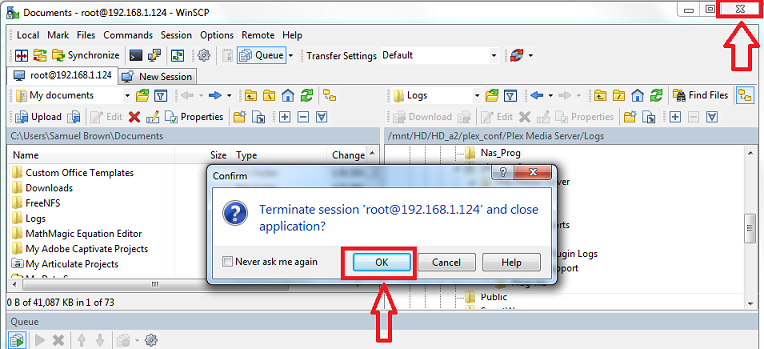
The (1) bin/invscoutClient_VPD_Survey and (2) sbin/invscout_lsvpd programs in invscout.rte before 2.2.0.19 on IBM AIX 7.1, 6.1, 5.3, and earlier allow local users to delete arbitrary files, or trigger inventory scout operations on arbitrary files, via a symlink attack on an unspecified file. Ĭheckpath in OpenRC through 0.42.1 might allow local users to take ownership of arbitrary files because a non-terminal path component can be a symlink. Sql/sql_ in MySQL 5.0.x through 5.0.88, 5.1.x through 5.1.41, and 6.0 before 6.0.9-alpha, when the data home directory contains a symlink to a different filesystem, allows remote authenticated users to bypass intended access restrictions by calling CREATE TABLE with a (1) DATA DIRECTORY or (. The YARN NodeManager daemon in Apache Hadoop 0.23.0 through 0.23.11 and 2.x before 2.5.2, when using Kerberos authentication, allows remote cluster users to change the permissions of certain files to world-readable via a symlink attack in a public tar archive, which is not properly handled during lo. Welcome.py in xdiagnose before 2.5.2ubuntu0.1 allows local users to overwrite arbitrary files via a symlink attack on a temporary file with a predictable name in /tmp.

A squashfs filesystem that has been crafted to include a symbolic link and then contents under the same filename in a filesystem can cause unsquashfs to first create the. Squashfs_opendir in unsquash-2.c in Squashfs-Tools 4.5 allows Directory Traversal, a different vulnerability than CVE-2021-40153. Sng_regress in SNG 1.0.2 allows local users to overwrite arbitrary files via a symlink attack on the (1) /tmp/recompiled$$.png, (2) /tmp/decompiled$$.sng, and (3) /tmp/canonicalized$$.sng temporary files.ĬoolKey 1.1.0 allows local users to overwrite arbitrary files via a symlink attack on temporary files in the /tmp/.pk11ipc1/ directory. From now on the script is fully automatic and requires no interactionįor reference, here are the lines inside the. NOTE: the first time you’ll use it plink will ask you if the Nas is to be trusted, you have to answer yes and hit enter.

Now everything you need to do to shut down the server is clicking on that shortcut.
#MYCLOUD PR4100 NZBGET SSH PASSWORD#
Find the part and replace it with the password you used when you enabled ssh, and save. Now open the web interface and enable ssh as seen on the WD support site. Find the part and replace it with the actual M圜loud ip (the same you use to access the web interface).


#MYCLOUD PR4100 NZBGET SSH DOWNLOAD#
Now download the batch from my github (right click > save as.) and place it in the same folder you downloaded plink in ( This is not optional! ), right click on it and create a shortcut to your Desktop. To use it, you need to download plink, which basically is the console version of PuTTY from here At this point, a simple ‘halt’ was enough to send the unit to sleep, just as you turned it off using the web control panel.Īt this point, I made a batch file to automate the whole process. Also, there is no way to turn it on, except unplugging and re-plugging the power cable.Īs day passed, this operation became more and more tedious, so I made some researches and managed to ssh into the nas kernel. If you use a WD Nas you’ll have almost certanly noticed it has no physical buttons, and the only way to shut it down is a boring procedure through its web interface.


 0 kommentar(er)
0 kommentar(er)
